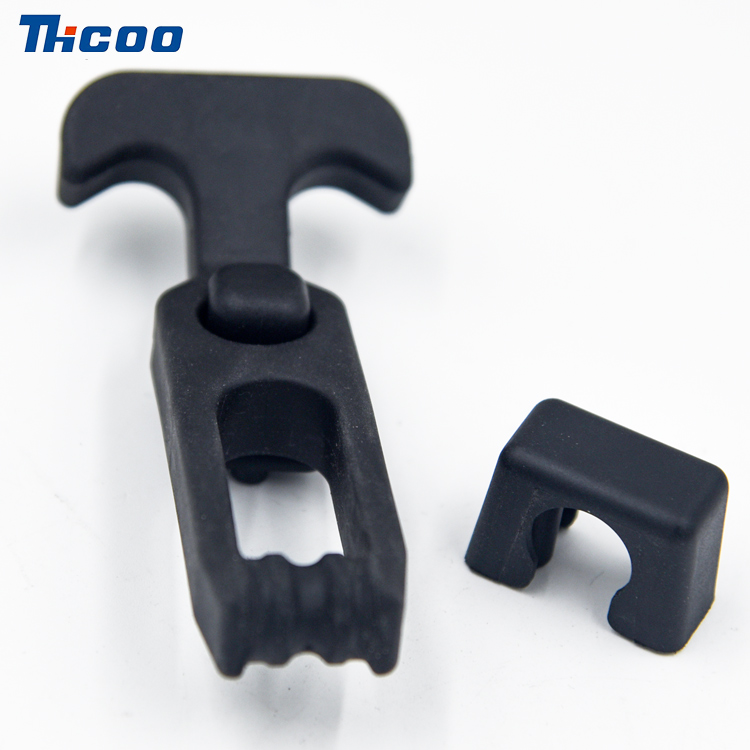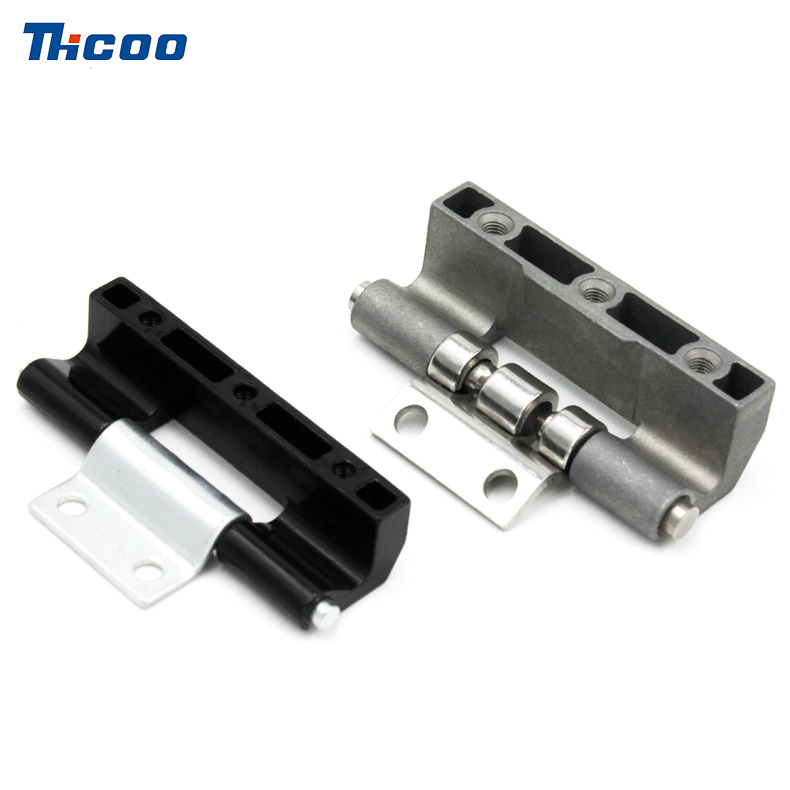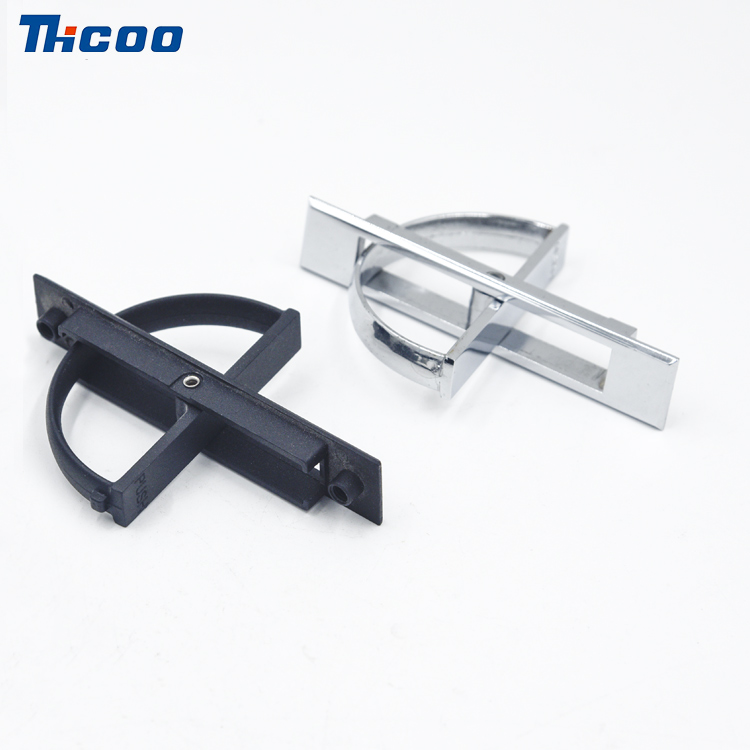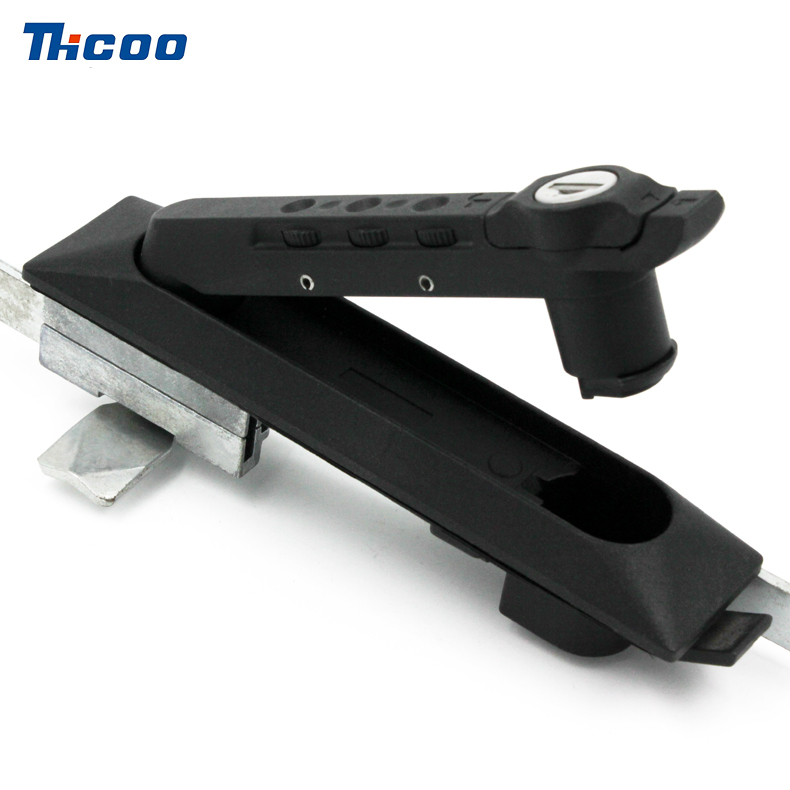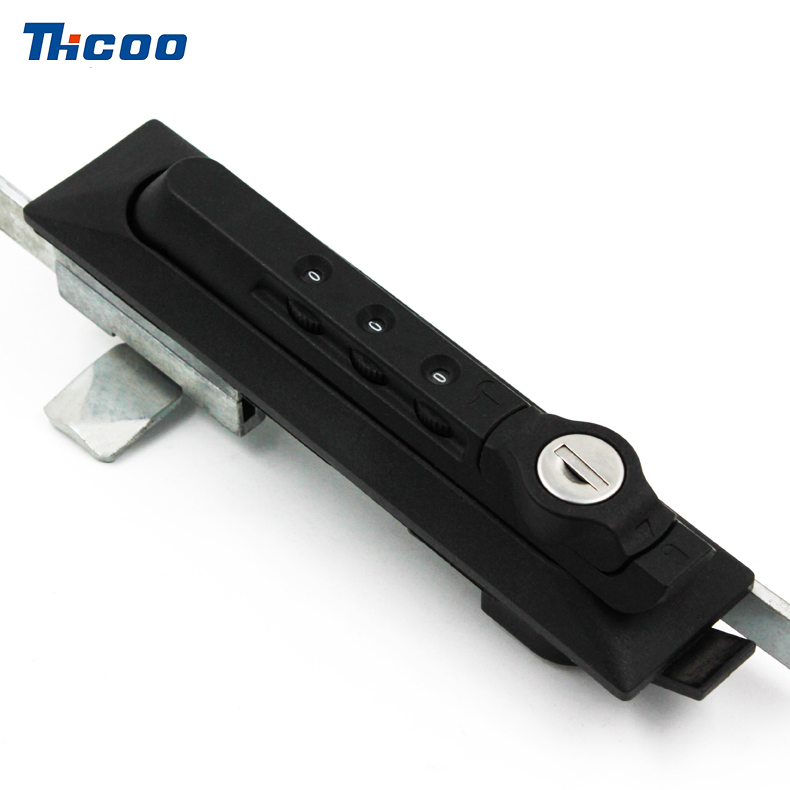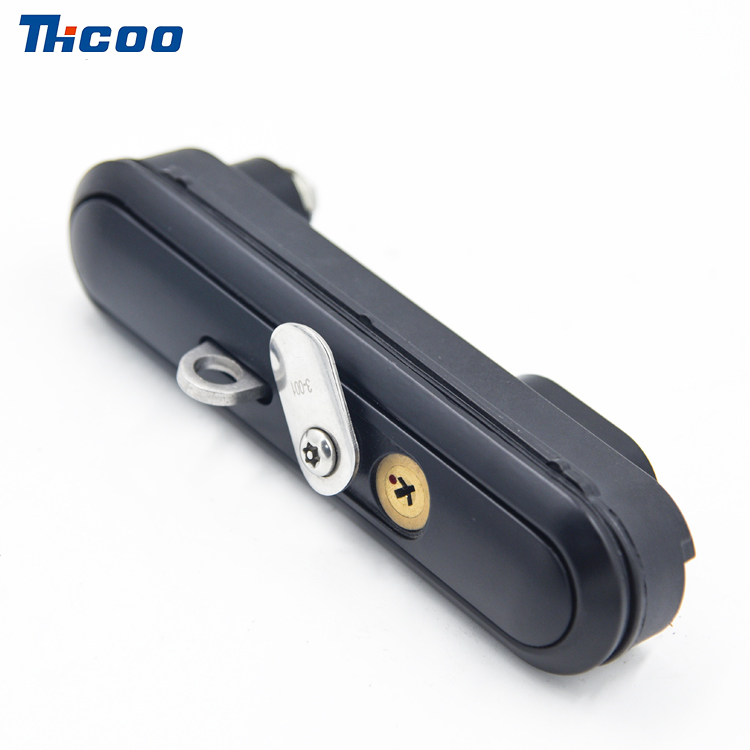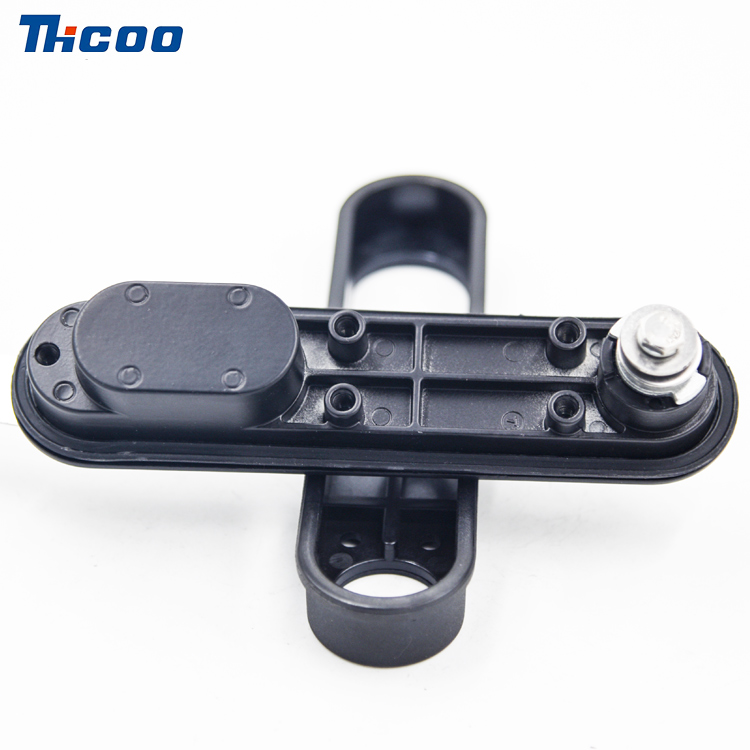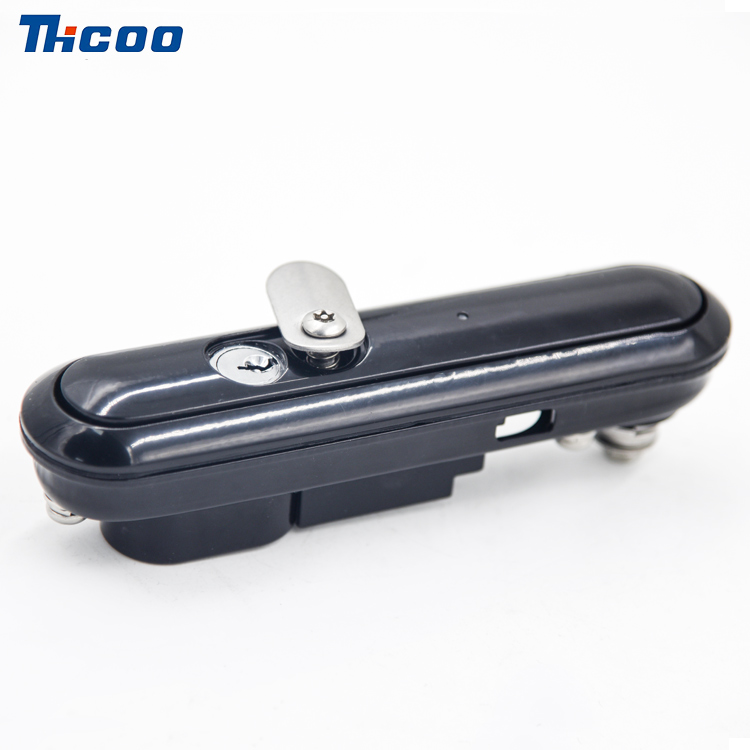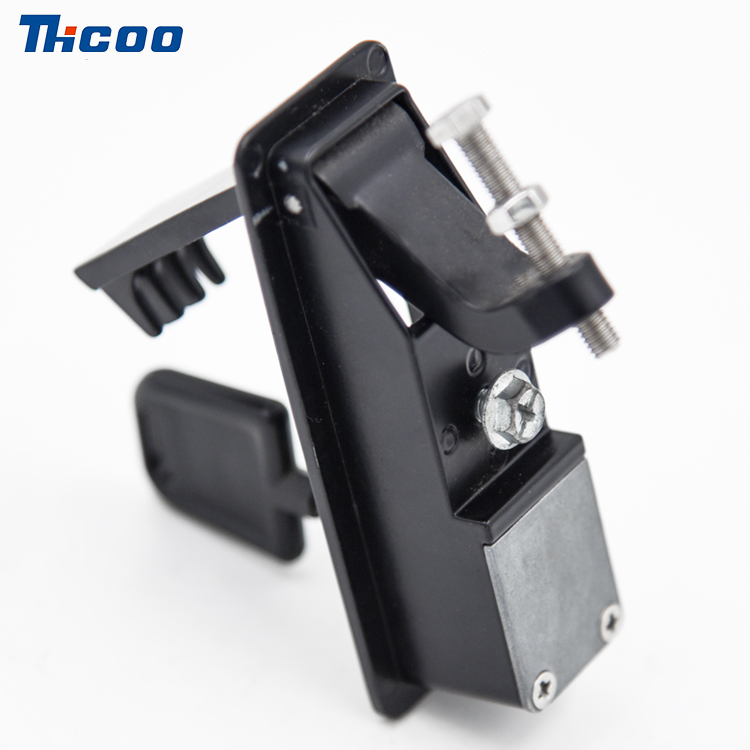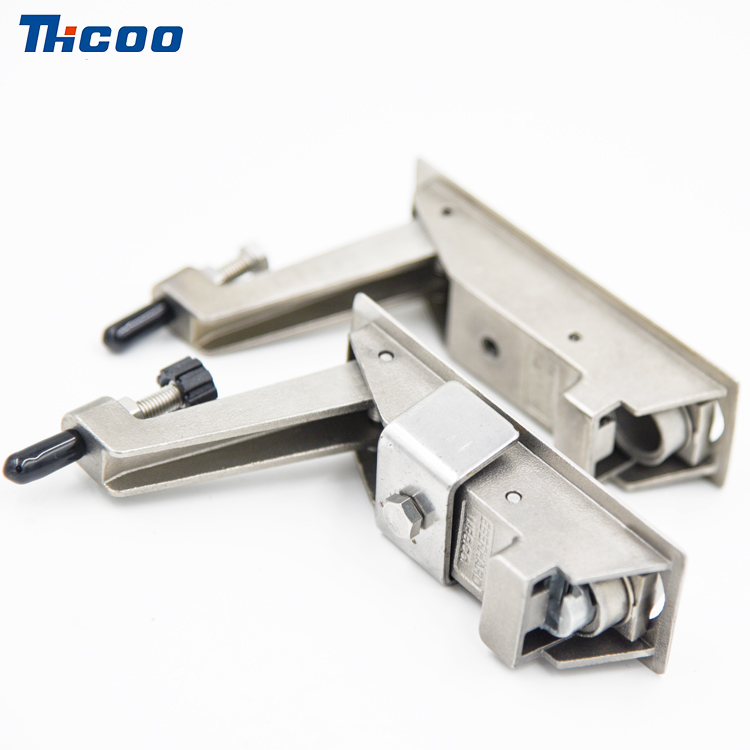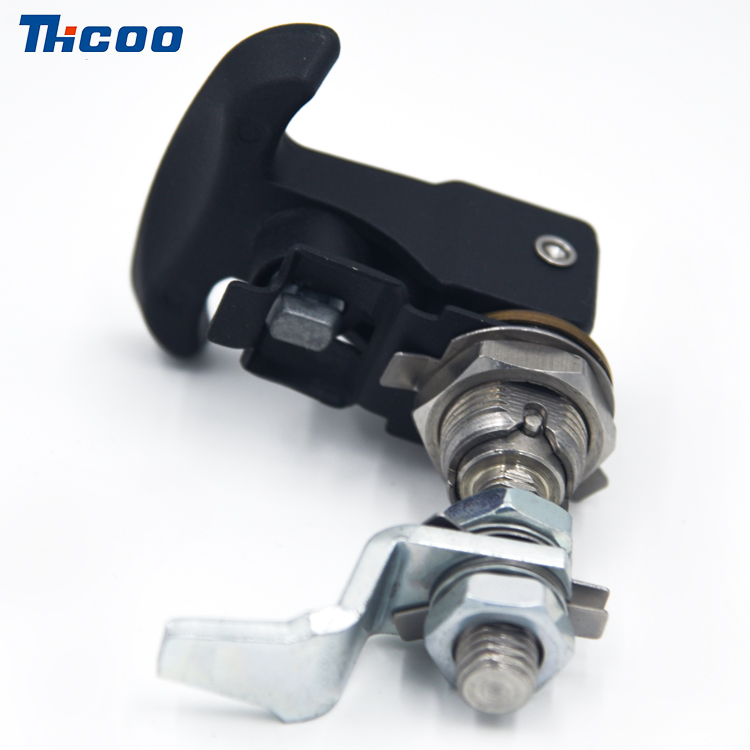In the era of rapid urbanization and increasing environmental awareness, sustainable architecture and design have taken center stage. Designing buildings and spaces that minimize their environmental impact and maximize energy efficiency has become a top priority. Among the many technological advancements contributing to this endeavor, linear actuators have emerged as key components that play a vital role in creating adaptive and eco-friendly structures.
Linear actuators have revolutionized the concept of adaptability within architectural spaces. Traditionally, buildings were relatively static, lacking the ability to respond to changing environmental conditions or user preferences. However, with the integration of linear actuators, architects and designers now have the tools to create dynamic and responsive environments.
Linear actuators enable the precise adjustment of windows, shades, and louvers to optimize the penetration of natural light. By tracking the sun's movement and adjusting window angles accordingly, buildings can harness daylight to reduce the need for artificial lighting. This not only reduces energy consumption but also creates visually pleasing and comfortable indoor spaces.
Proper ventilation is crucial for maintaining indoor air quality and thermal comfort. Linear actuators facilitate the automated operation of windows, vents, and louvers to regulate airflow based on factors such as temperature and occupancy. This results in reduced reliance on mechanical ventilation systems and enhances the occupants' connection to the outdoor environment.
Solar panels equipped with linear actuators can track the sun's trajectory, ensuring that they are always positioned at the optimal angle to capture maximum sunlight. This dynamic adjustment enhances the energy generation capacity of solar installations and improves the overall efficiency of renewable energy systems.
Linear actuators are employed in the operation of shading devices and insulated panels to manage heat gain and loss. By automatically adjusting shading based on solar radiation and outdoor temperature, buildings can minimize the need for excessive air conditioning or heating, leading to significant energy savings.
Sustainable architecture also encompasses creating spaces that are accessible and inclusive for all individuals. Linear actuators contribute to achieving these goals by enabling adaptable design elements.
Linear actuators facilitate the movement of ramps, lifts, and platforms, ensuring that spaces are accessible to people with mobility challenges. This technology eliminates barriers and promotes universal design principles, creating environments that are welcoming and accommodating to everyone.

 English
English Deutsche
Deutsche 简体中文
简体中文 languages
languages 

